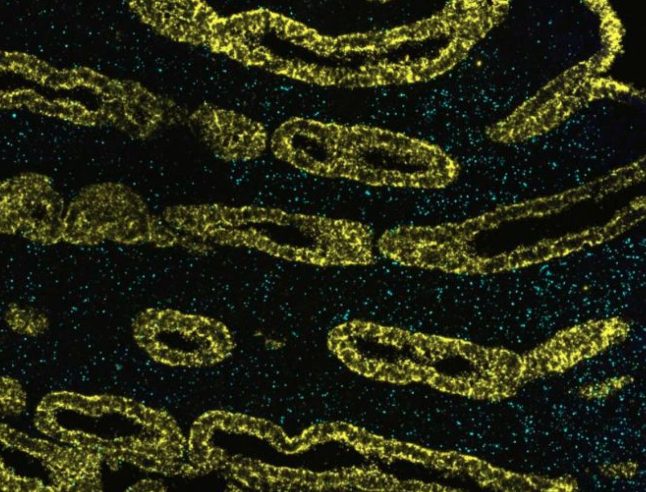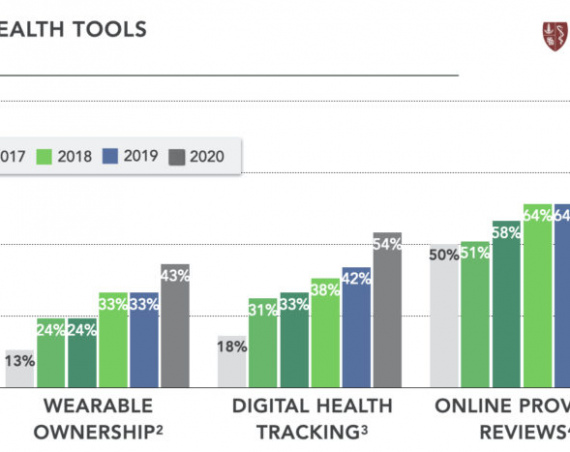
A detailed map of the human endometrium, the inner lining of the uterus, has recently been released, offering new insights into the cellular processes that occur throughout the menstrual cycle. This research, which covers multiple phases of the cycle, has potential implications for understanding and treating conditions like endometriosis.
The study, published in Nature Genetics, is part of the Human Cell Atlas project, an initiative aimed at mapping all cell types in the human body. Researchers from the Wellcome Sanger Institute, the Nuffield Department of Women’s and Reproductive Health at the University of Oxford, and collaborators produced this endometrial cell atlas, which reveals the dynamic changes that take place in the endometrium during the menstrual cycle. The atlas is expected to serve as a resource for studying reproductive health and developing potential treatments for endometrial conditions.
The Human Endometrial Cell Atlas, now publicly available in an interactive format, documents a variety of cell types that respond to hormonal changes throughout the menstrual cycle. These findings are important for understanding the endometrium’s ability to regenerate without scarring, a process critical for pregnancy and the cyclical shedding of the uterine lining. The atlas includes data from approximately 626,000 cells from 121 individuals, including those with and without endometriosis, during natural menstrual cycles and while using hormonal contraception.
The research identifies certain immune cells and stromal cells that may play a role in endometriosis, a chronic condition that affects millions of people worldwide. By linking the atlas to genetic variants associated with endometriosis, the researchers identified specific cell types and signaling pathways that could be dysregulated in the condition, suggesting new directions for future research and potential therapeutic targets.
Dr. Magda Marečková, co-first author of the study, noted the significance of this resource, stating: “Having this in-depth and large-scale genomic resource on the endometrium is invaluable if we are ever going to fully understand how the endometrium functions in health and what goes wrong in conditions such as endometriosis. Developing a non-invasive diagnostic test and effective treatment for this debilitating condition has been a priority for clinicians, researchers, and those with endometriosis worldwide.”
This integrated atlas provides a unified framework for understanding the data, which can be used globally to advance research. Dr. Luz Garcia-Alonso, also a co-first author, emphasized the collaborative potential of the atlas: “Creating an integrated Human Endometrial Cell Atlas transforms all the data into ‘one language’ that researchers worldwide can speak. We hope that this atlas is a key stepping stone towards building a future endometrial atlas that includes information from across the entire lifespan and all health conditions.”
Professor Krina Zondervan, co-senior author from the University of Oxford, highlighted the atlas’s role in advancing research on conditions specific to women, stating: “The human endometrium has been largely neglected in large-scale cellular studies of different parts of the body. Having a large single-cell human endometrial atlas, freely available, which will continue to be expanded, will enable important new research in the understanding and treatment of diseases specific to women and those born with a uterus, such as endometriosis.”
This research was made possible by tissue donations from participants, allowing scientists to uncover interactions between cells that were previously difficult to study. Dr. Roser Vento-Tormo, co-senior author from the Wellcome Sanger Institute, acknowledged the contributions of these participants: “Understanding the impact of hormones on the endometrium and being able to map all the changes throughout the menstrual cycle is something that has not been possible previously, and would not have been achievable without those who generously donated endometrial tissue to research.”
The Human Endometrial Cell Atlas is expected to be a valuable resource for future research, aiding in the development of more effective laboratory models and contributing to a better understanding of endometrial conditions. As the atlas continues to expand, it will play a key role in advancing research on uterine health and improving treatments for those affected by these conditions.



